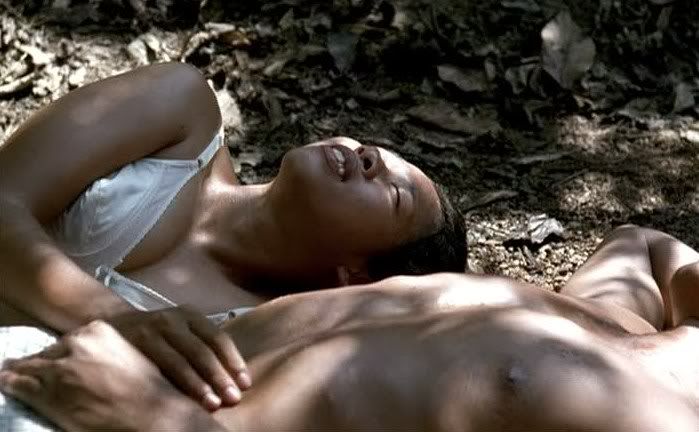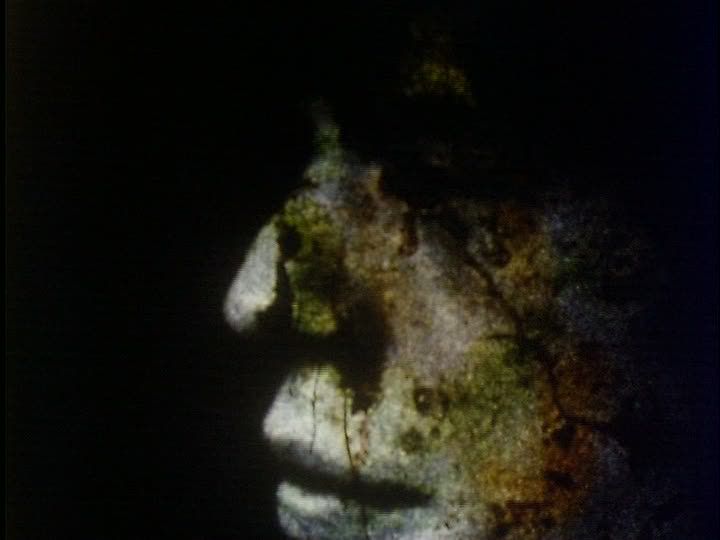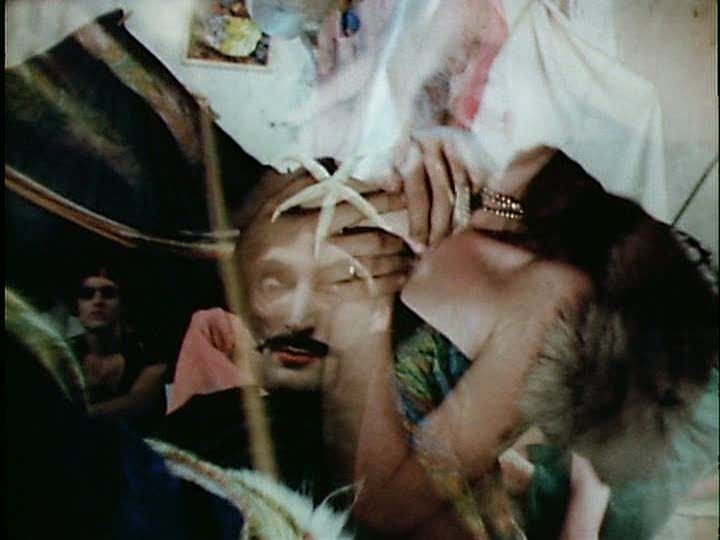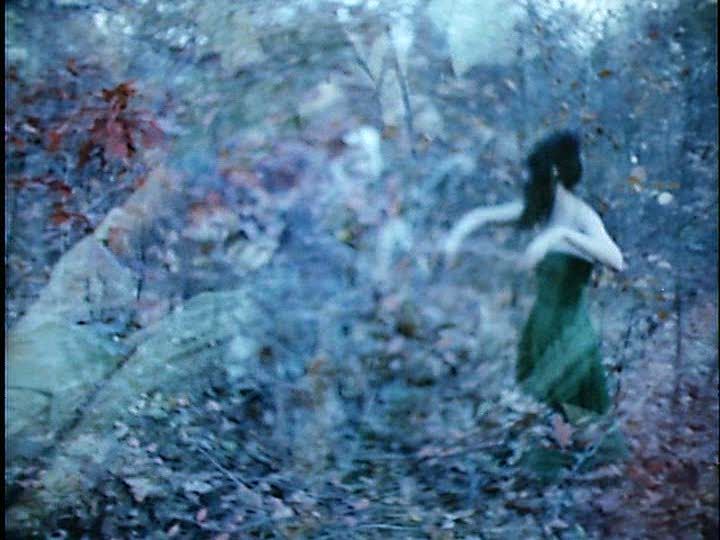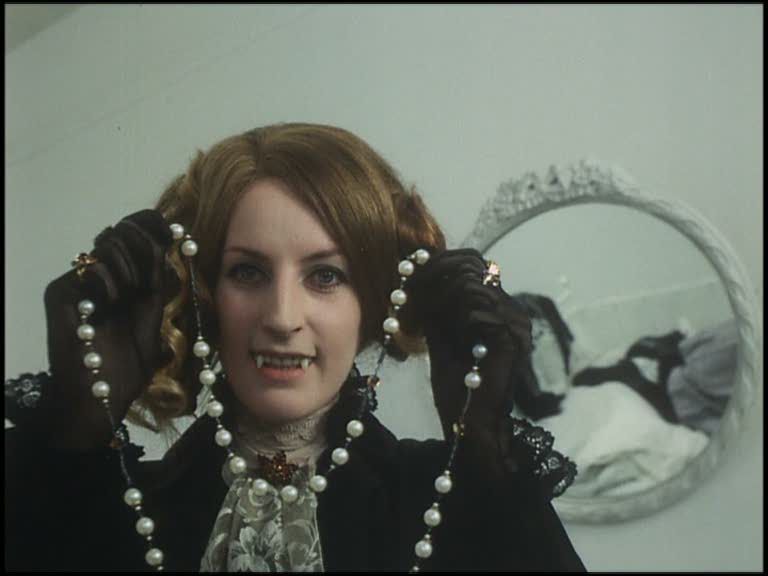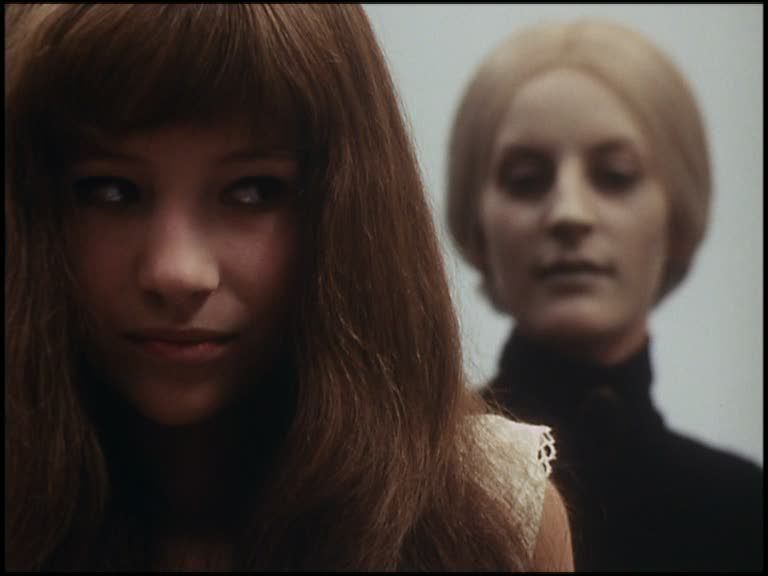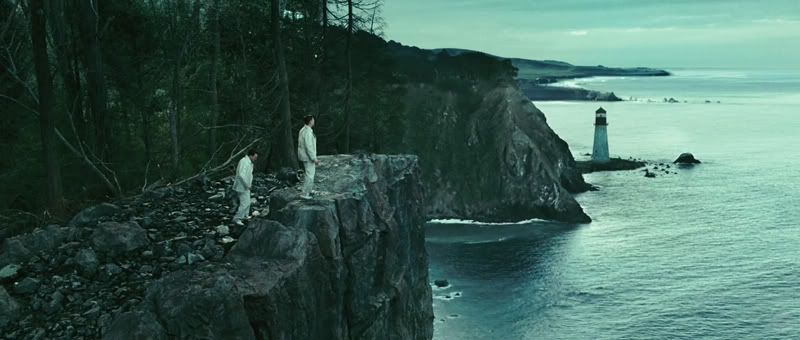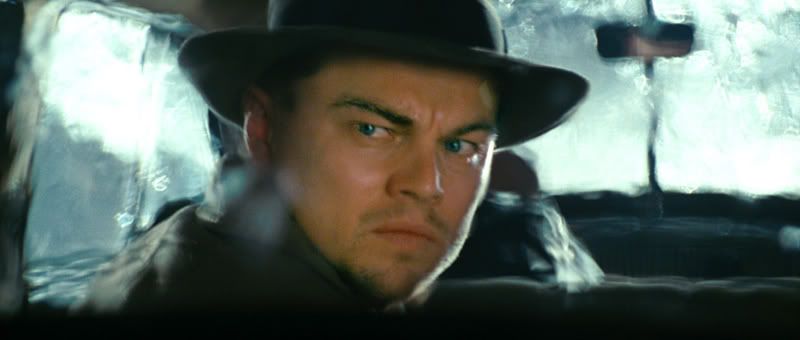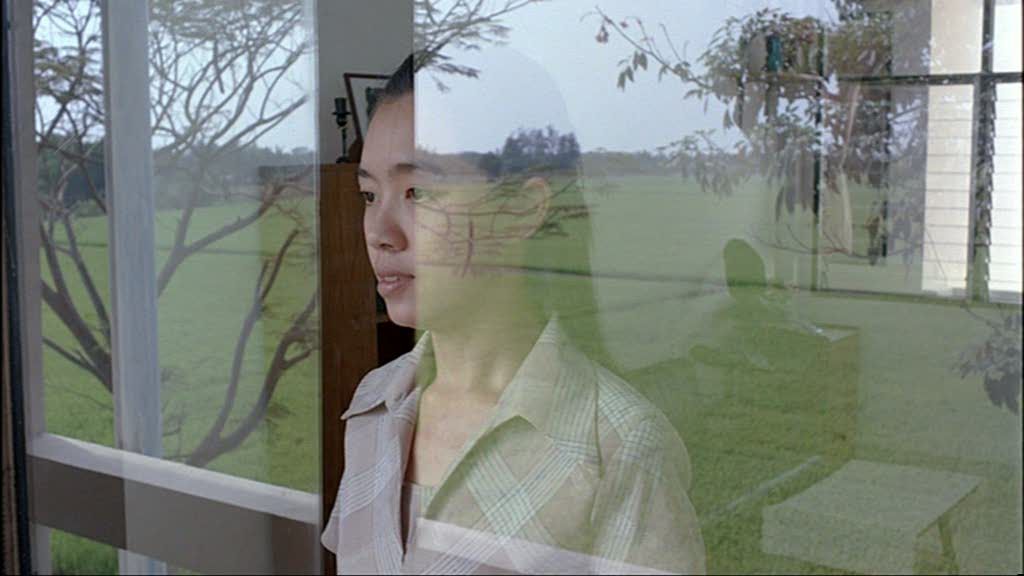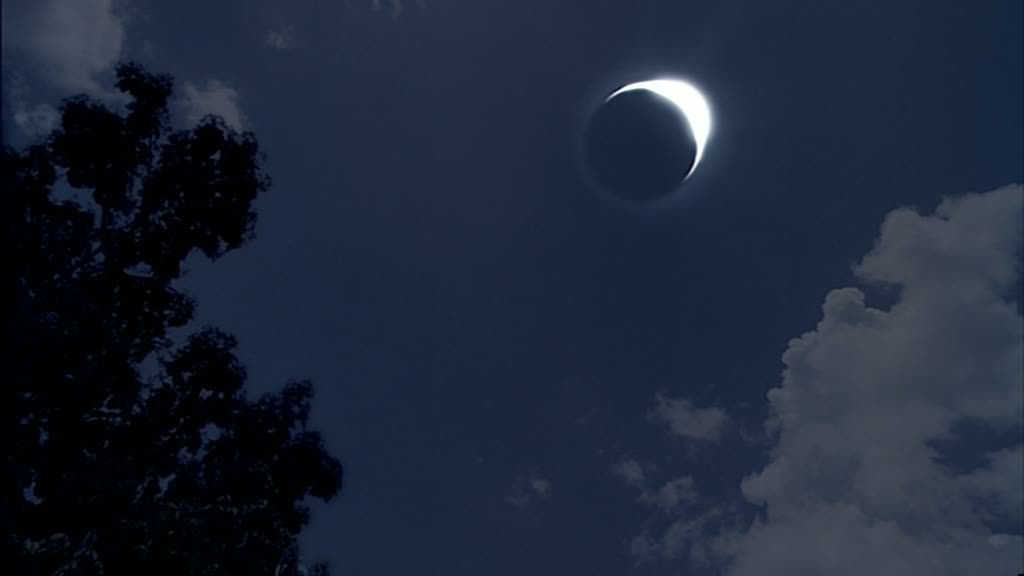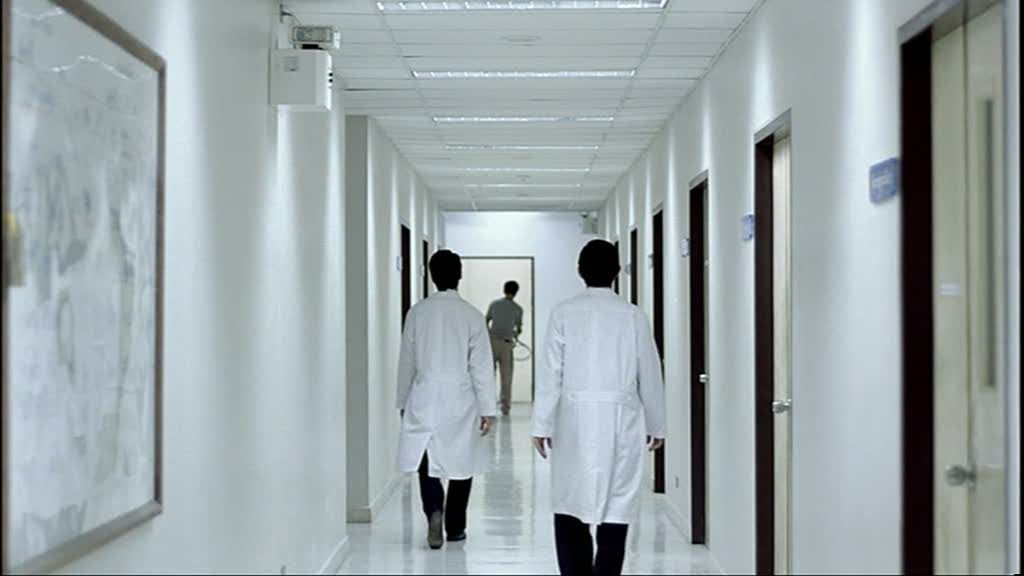
Maggie Cheung is Irma Vep. Maggie Cheung is Irma Vep. Playing herself as an actress starring in an ill-fated remake of Georges Feuillade's classic silent serial Les Vampires, Cheung is synonymous with Olivier Assayas' clever, relentlessly meta film. Assayas' Irma Vep is a sly satire of the film industry, and an attempt to figure out the place of French cinema in a world in which the classic French cinema, from Feuillade to the New Wave and beyond, seems on the verge of being forgotten or rendered irrelevant. Assayas' film is very conscious of its cinematic lineage. Why else cast New Wave icon Jean-Pierre Léaud as struggling, aging director René Vidal? Vidal is himself a former icon, a legend even, who has become hopelessly out of touch, unsure of his art. He is remaking a very famous film, and knows it, and maybe isn't quite sure why he's doing it. He is the film's representative of a film industry that's growing old and growing young at the same time: while there is precious little room left for Vidal's arty kind of cinema, or for the old-school politically engaged work that once defined French art and cinema, a new generation has embraced a populist cinema of violence and action, and is frankly suspicious of any film that doesn't cater to mass audiences. A journalist, interviewing Cheung, tells her that Vidal is washed up, that Jean-Claude van Damme is where it's at, Schwarzenegger is where it's at: movies that audiences love, movies full of violence. And movies that this same journalist excitedly justifies as being full of poetry and "ballet" and choreography.
This is, not coincidentally, the same rationale that Vidal uses to explain to Maggie why he hired her. He saw her in a Chinese action movie, he says, and admired her "grace." She simply laughs, and quietly murmurs, almost embarrassed, that all the stunts were done by someone else; the clip that Assayas collages in at this point, looking cheap and tawdry from a blurry VHS, makes a mockery of Vidal's desperate search for "grace" in artistically bankrupt commercial ploys. Cheung fares much better. Because although Maggie Cheung is Irma Vep here, she's also Maggie Cheung, and always remains herself in the midst of all this movie-making chaos. It's very important to Assayas' film that Cheung is playing herself, is playing Maggie every bit as much as she is in the short film, Man Yuk, that Assayas made as a silent, expressionistic portrait of his actress and muse. Cheung is at the core of Irma Vep, looking bemused and somewhat non-plussed by all the pretensions, pettiness, and bitchiness that goes on during the making of a movie. She is in many ways Assayas' stand-in here, a quiet observer who's entirely foreign to this world: she speaks no French and is thus always standing to the side, watching these conversations without really understanding what's going on. Assayas keeps reminding us of this by having someone in the scene occasionally translate into English for Cheung, giving her fragments of information, always biased by the speaker's perspective and personal grudges. As an outsider, Maggie is free to observe from a distance, to stay above the fray, to simply accept her role — as fetish object in black rubber, as foreign exotic — in this weird production.
Indeed, Cheung — the character, not the actress, to the extent that there's a separation — begins to inhabit her role even when she's not filming. In one of the film's most stunning sequences, Maggie returns to her hotel room, jitters around to a massive fuzzy burst of Sonic Youth, then ventures out into the hotel in her skintight black rubber costume. She's become Irma, the vampire, the ghostly thief slinking through the corridors. She sneaks into another woman's room, spying on her as she lies in bed naked, yelling at her boyfriend over the phone, and then Maggie spies a pile of jewels and is seized by the desire to take them. It's all bathed in a glowing blue light, with the unreal sparkle of the jewels calling to Maggie/Irma, demanding her attention. Afterwards, she runs to the hotel's roof in the rain, the lights reflecting off the sleek curves of her suit, her hair getting all slick and wet, clinging in strands around her face, hovering like a vampire above the rain-shiny streets of Paris. It's gorgeous, the kind of sensual moment around which Assayas' film is built.



It's telling that Assayas has made a film about movie-making in which he privileges a sense of reality, of the moments that happen when the camera isn't rolling. There's a great sequence where the costume designer Zoé (Nathalie Richard), who's infatuated with Maggie, takes the actress to a party hosted by Mireille (Bulle Ogier). Assayas' camera weaves through the apartment's rooms in endless handheld takes, following conversations that drift in and out, as the layered soundtrack captures the cacophony of multiple threads going on at once. It's fun and funny as hell, particularly Zoé's conversation with the gossipy, matchmaking Mireille about Maggie, or the dance sequence where a group of girls put on Luna's cover of the Serge Gainsbourg/Brigitte Bardot tune "Bonnie and Clyde," another nod to the history of French culture, and its habit of appropriating cultural tropes from elsewhere. Just as the New Wave and its aftermath appropriated America's obsession with gangsters and crime flicks, Vidal is appropriating Chinese kung fu pictures to provide a different perspective on a distinctively French forebear — and Assayas, too, is appropriating from his actress, who is used here like a sample, an icon of foreignness and exoticism.
There is magic in this film, cinematic magic of the kind that only shows up in films made for "intellectuals," the word that the film's journalist uses so derisively, as a marker of elitism and anti-populism. There's magic in the film's celebration of its lead actress, who is radiant and exciting and who drifts through the film with poise and strength, even adrift as she is in a strange culture. There is magic, especially, in the final sequence, in which Vidal's unfinished film is screened and it is revealed that he was apparently not making the boringly faithful remake that everyone assumed he was making. Instead, his fragmentary assemblage (and Assayas') is a dazzling, avant-garde collage in which Cheung slinks through a barrage of slashes, designs and white noise, scratches that trace her form or the directionality of her intense gaze, creating a cinema of bare essences in which shapes, impressions, movements are everything. It's a jaw-dropping sequence that respects the past, not absolutely, but as a foundation for the experiments and playful reconstructions of the present. That's the spirit in which Assayas' film is made, as well, riffing on the history of French cinema as he laments what's been lost and celebrates the enduring possibility of a cinema that really matters, that's really in touch with people, with emotions, with visual beauty.


